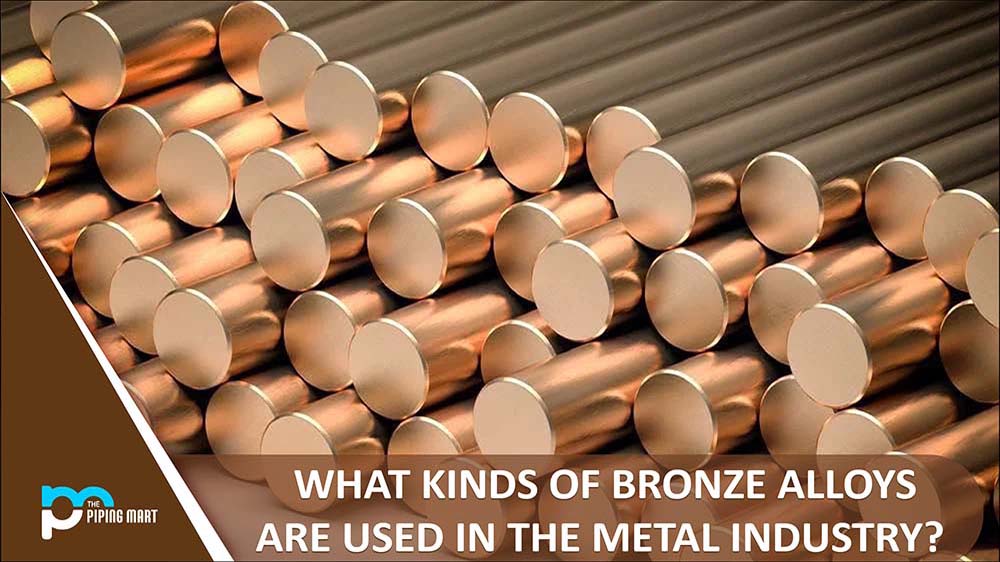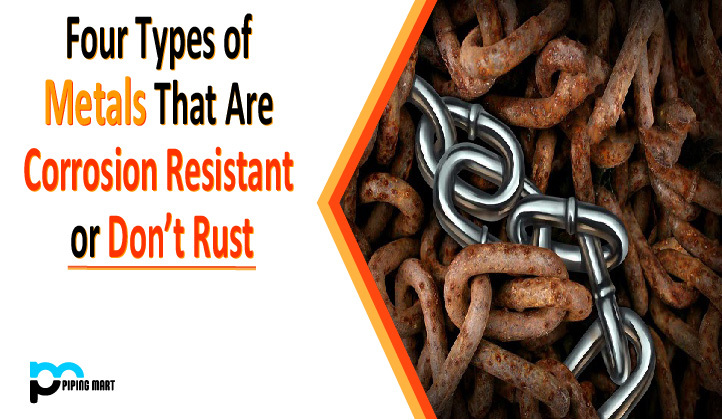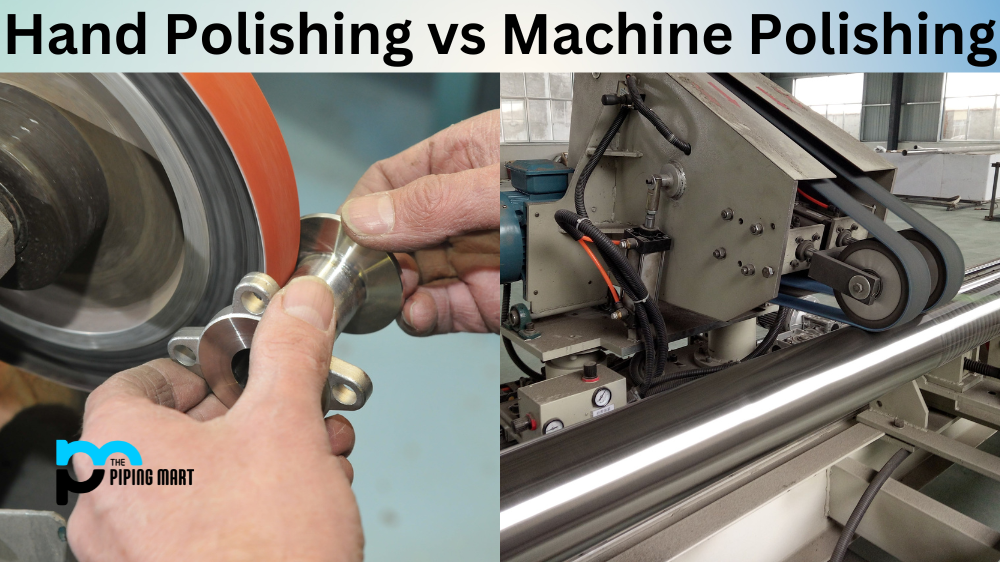Bronze is an alloy of metals rather than a pure metal. This is due to the alloys and different metals it contains. Although copper makes up the majority of it, some other common metal elements are still present. Tin is typically added. However, alloys containing aluminum, arsenic, manganese, phosphorus, and silicon may also occasionally be employed. This indicates that different bronze alloys exist, each with its unique characteristics. But strength is what they all share in common. Copper becomes significantly more vital when these metal components are introduced. Because of this, bronze is a frequent metal used to make musical instruments, sculptures, medals, and other industrial applications (such as bearings, bushings, etc.).
Aluminum Bronze
Superior strength and corrosion resistance are characteristics of aluminum bronze. To attain this degree of performance, it incorporates several additives, ranging from 6% to 12% aluminum and, at most, 6% iron and 6% nickel. Few sectors use aluminum bronze, but typical uses include the production of naval hardware, sleeve bearings, and pumps that move corrosive fluids.
Phosphor Bronze
Because it typically contains between 0.01% and 0.35% phosphorous and between 0.5% and 1% tin, phosphor bronze is sometimes known as “tin bronze.” In addition to having a high fatigue resistance, excellent durability, and low coefficient of friction, this combination gives the metal alloy exceptional strength. Tin content is responsible for the anti-corrosive and strength properties, whereas enough phosphorous levels are responsible for the other properties. Its most typical applications include the production of electrical parts, washers, springs, bellows, and anti-corrosive equipment.
Silicon Bronze
Silicon bronze, commonly known as “red silicon bronze,” also includes silicon and zinc in addition to copper. It often has a zinc content of 20% and a silicon content of no greater than 6%. The production of pumps and valve parts is the most widespread use.
Manganese Bronzes
The strongest “as cast” bronze, manganese bronze, is typically utilized for heavy-duty mechanical goods. They have mediocre corrosion resistance.
-
Typical uses:
Structural components, shafts, gears, and brackets tighten nuts, heavy load bearings for low speed, Gibbs and cams, gears free parts for machines movable arms, kits for light duty, nautical fittings stem of valves, freshwater and saltwater propellers, substitutes for steel and malleable iron in machinery parts.
Nickel Brass
Nickel brass, also referred to as “nickel silver,” is an alloy of copper, tin, and, you guessed it, nickel. The metal has a silver hue due to the nickel presence, and copper and tin add tensile strength and corrosion resistance. Due to these factors, it is frequently utilized to create musical instruments, optical equipment, food and beverage equipment, and more.
Copper Nickel
The name “copper-nickel” refers to the substance’s high nickel concentration. The precise amount of nickel can, however, vary substantially. The nickel concentration can range from 2% to 30%! Additionally, it is sturdy and corrosive-resistant, like the other bronze alloys. But it also has high thermal stability, making it excellent for creating ship hulls, electrical parts, and other things.

Pipingmart is B2B portal specializes in industrial, metal and piping products. Also, share latest information and news related to products, materials and different types grades to help business dealing in this industry.




